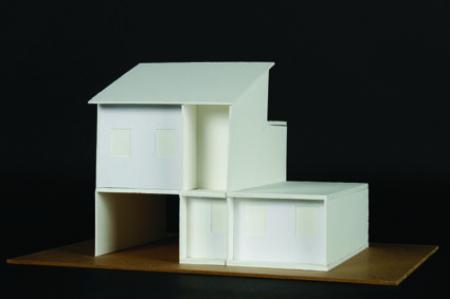| |
Community Building: A Catalytic Approach
Colonia, Uruguay
Andrea Chynoweth
McGill University School of Architecture, Montreal, Canada
David Covo
Full Document (PDF)
Abstract
When it comes to the development of low-cost housing projects, a conventional design paradigm is to provide the best possible product given the available resources. However, as the resources in this context are typically scarce, the resulting architecture is often a severe compromise of quality, both spatially and in materiality. Built projects of this kind often fail to adequately meet the needs of end users and as a result deteriorate more quickly, attract a certain social stigma, and perpetuate the poverty cycle by their incapacity to act as a value-retaining asset.
Alternatives to this approach however do exist. Sites-and-services models, innovations in low-cost building materials, and incremental building procurement strategies all attempt to overcome an initial shortage of resources by incorporating the notion of time. In this paradigm, it is the end users who are given the capacity to make significantly more decisions in housing themselves within an established yet flexible design framework. This framework acts as a catalyst for community development; providing the necessary immediate shelter as well as an inherent capacity to accommodate growth and change over time.
This study explores this catalytic framework using an integrated design and construction technology approach, in the context of a cooperative row-house development in rural Uruguay.
|
| |

image of the settlement
(architectural scale or example of unit)

image of the settlement
(urban scale or group of housing units)

diagram of the actors
involved and the relationships between them |
|



